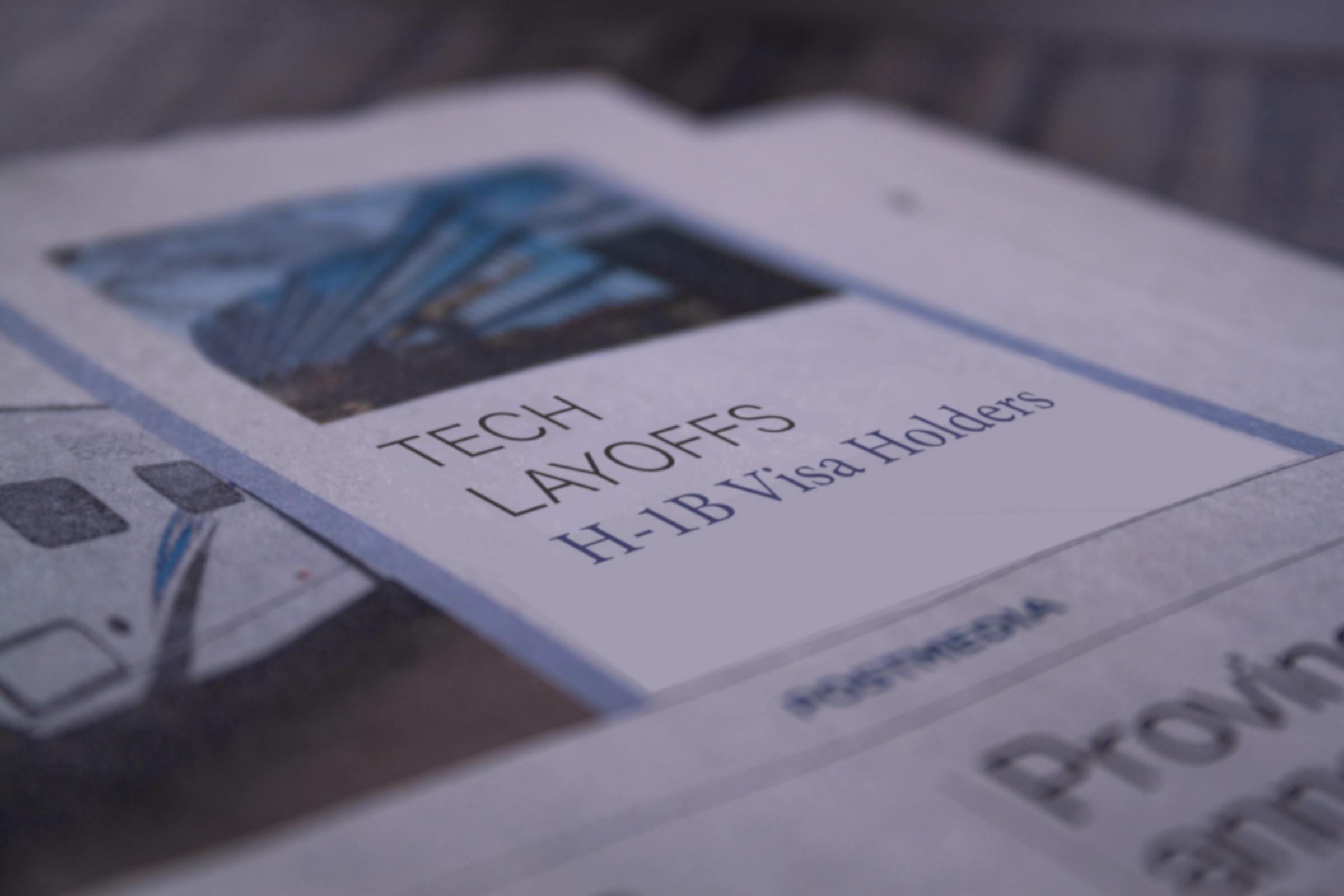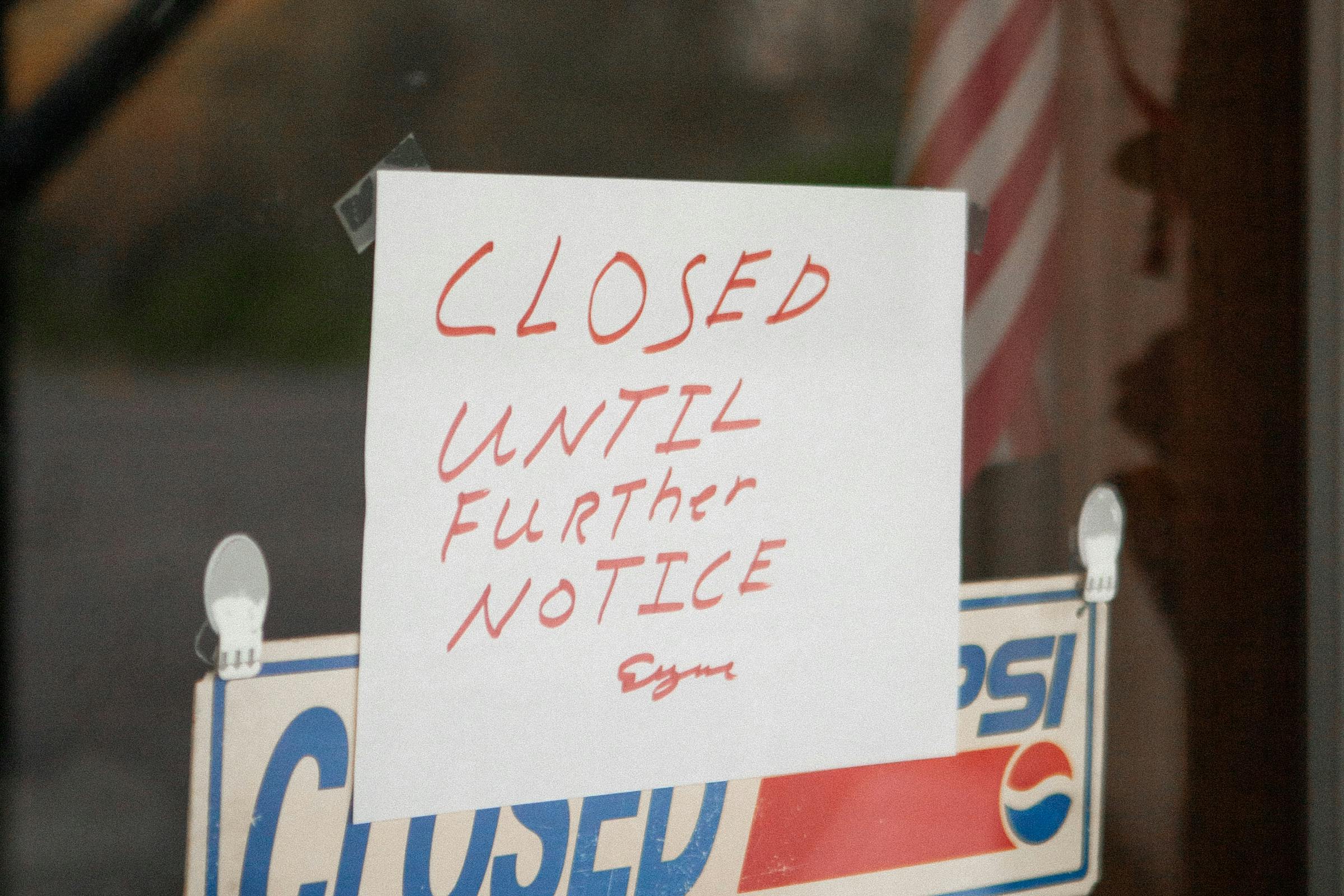What’s the H-1B Visa?
Also called the dual-intent visa, the H-1B is a non-immigrant document that permits US employers to request to hire skilled foreign workers temporarily. These workers are necessary to fill vacant specialty occupations in fields like mathematics, IT, engineering, and medical sciences.
The visa’s duration is three years with an optional three-year extension. During that time, beneficiaries can seek permanent legal residence status through a Green Card.
Congress limited the number of visas available worldwide to an annual statutory cap unless the job is cap-exempt. Nonprofit organizations, higher education institutions, and certain government research organizations fall into this category. Currently, that limit is 65,000 visas plus an allotted 20,000 more for those foreign workers with master’s degrees or higher.
Over the past six years (the period in which current H-1B holders would have received their visas), hundreds of thousands of skilled foreign professionals have entered the US in the IT sector. Now, many of those jobs are at risk, and the workers are dealing with layoffs and struggling to find new employment.
Moving to the B-1/B-2 Visas
The default grace period for H-1B workers who leave their approved place of employment for any reason is 60 days. That two-month time frame is currently under potential legislation for extension, but for now, if you’re laid off under your H-1B, you have 60 days to find a USCIS-approved US employer to sponsor you. Sponsorship means they take responsibility for all the fees involved in H-1B employment as well as the intense documentation processes.
Between the obstacles in the way of finding a company willing to take on the government’s requirements for hiring foreign workers and the many other H-1B job seekers, tens of thousands of tech specialists remain unemployed.
Instead of returning to their home country and trying to begin the employment process all over again, these workers may qualify for a B-1 or B-2 visa.
B-1 visas are non-immigrant documents given to those who want to enter the US for business. B-2 visas are for those seeking to tour the country. B-1/B-2 visas are a combination of these two purposes. The B-1/B-2 visa allows the holder to enter and exit the US multiple times and is valid for ten years, with the holder living in the US for up to six months per visit.
The downside of this visa is that individuals holding the B-1/B-2 can’t accept employment, search for work, or interview for any permissions. Before these individuals can begin working, they must request a change of status to a work visa and wait for USCIS approval.
The Benefits of Moving from an H-1B to a B-1/B-2
If you’re seeking work and not finding it, and your grace period is ticking down, you may consider requesting a change of status to a B-1/B-2 visa. During the time it takes for your transfer request to process, you can continue to look for your next H-1B sponsor. If you find a new potential employer, you can withdraw your status change application.
Note that approval for a B-1/B-2 visa requires the petitioner to demonstrate financial solvency. You must prove that you can fund your stay in the US without asking for government assistance. You must also show that you have ties to your home country that will keep you from seeking permanent residency in the US.
What’s Next?
Are you currently under an H-1B visa, and do you have questions about your legal rights? Whether you already have this dual-intent document or you’re considering applying for one, our friendly professionals at Visa2US are here to help you.
Contact our legal experts 24/7 for any H-1B visa concerns. Navigating the US government is always challenging, but when it comes to immigration policies, it’s extra cumbersome. Visa2US streamlines the journey for you to assist you on your path to obtaining a successful career in the US.














